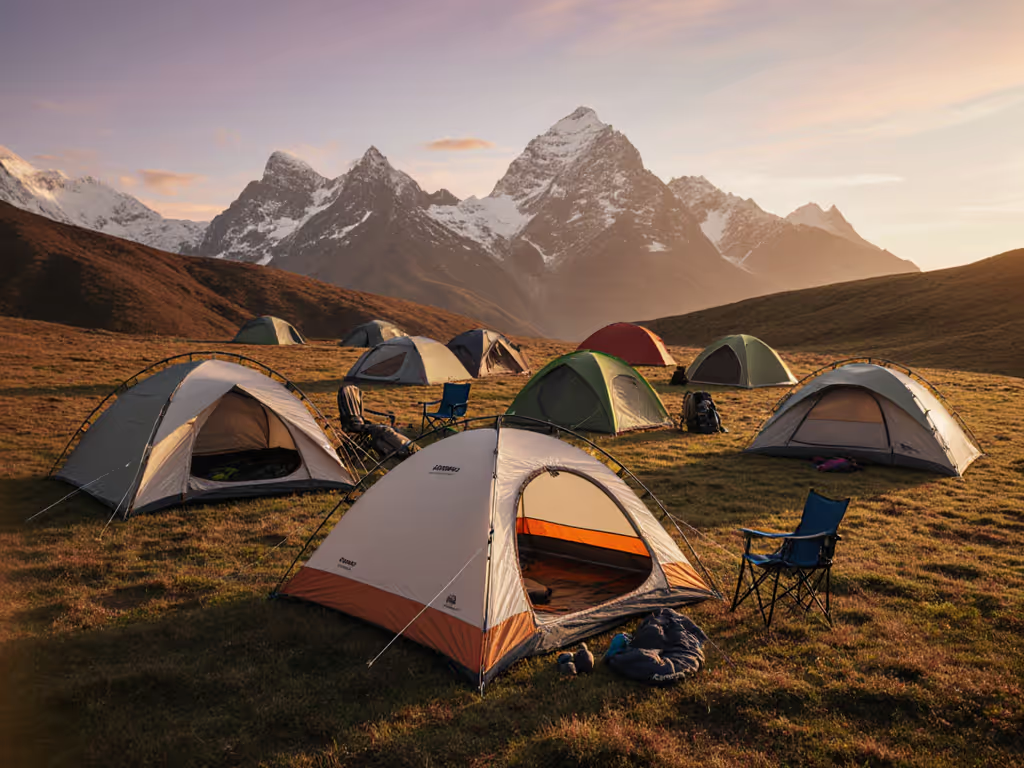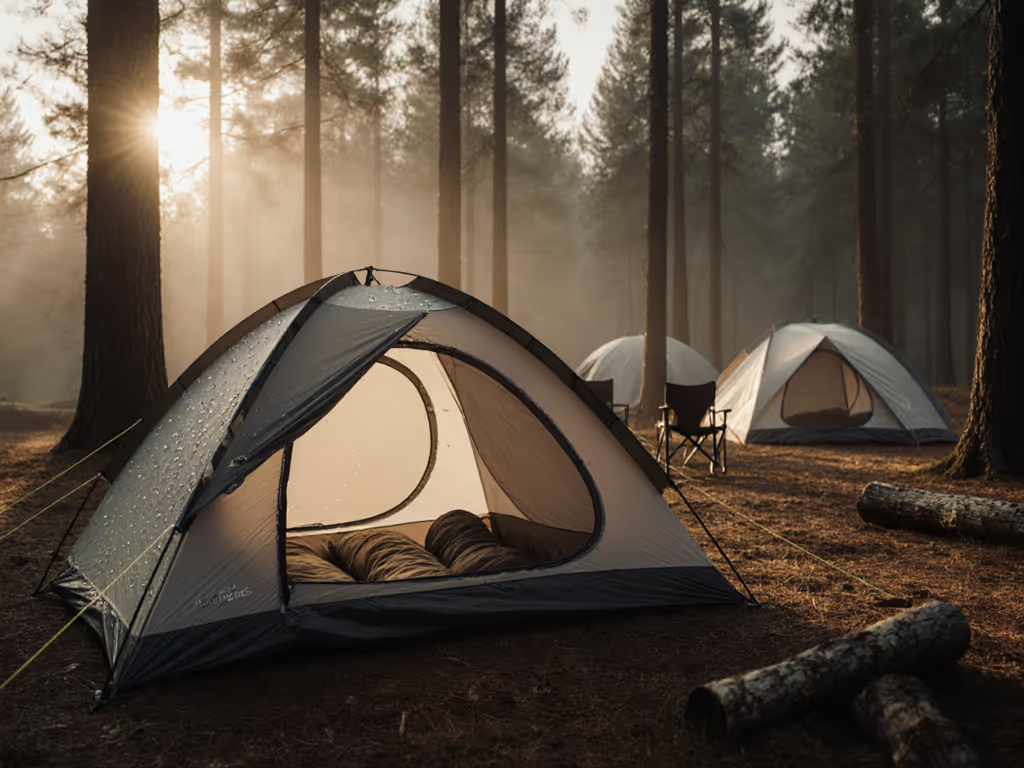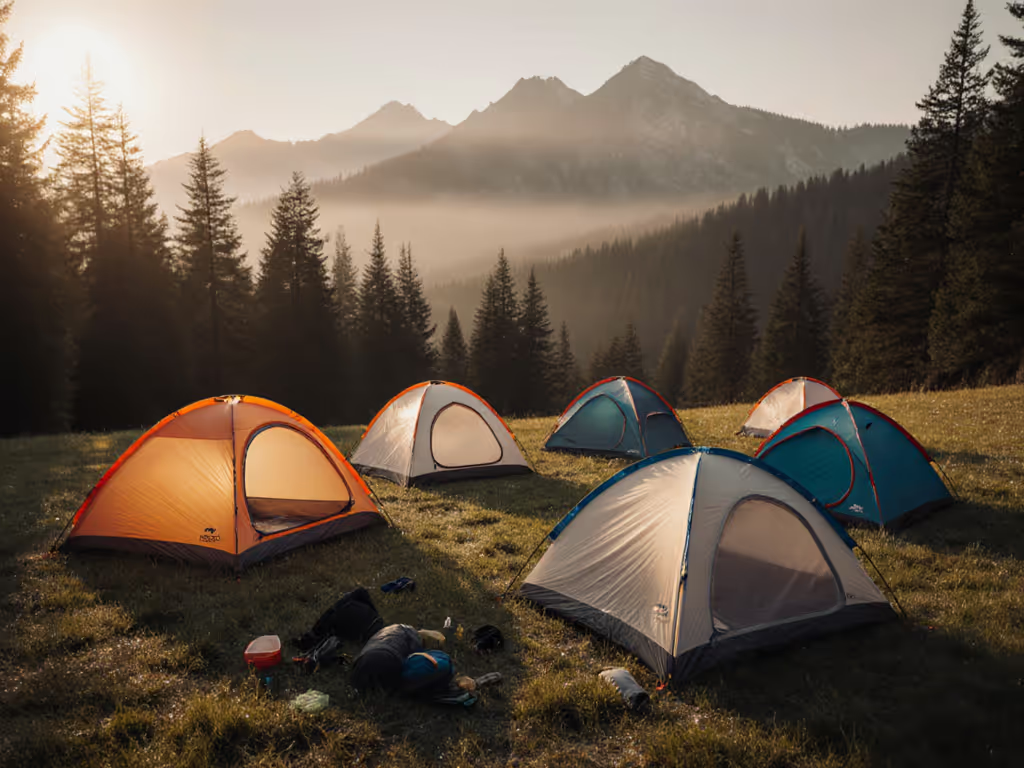
Sleep-Ready Tents’ 2025-11-12 Field-Tested Picks: 10 Weather-Ready, Comfort-First Tents That Beat Condensation and Setup Headaches
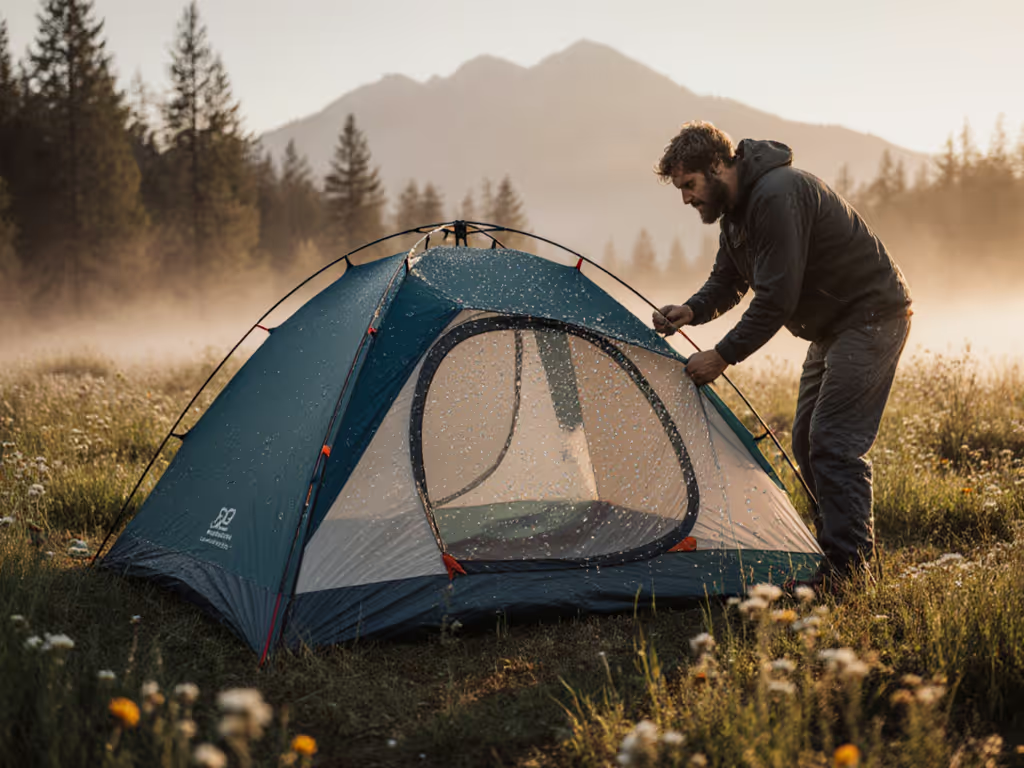
Sleep-Ready Tents’ 2025-11-12 Field-Tested Picks: 10 Weather-Ready, Comfort-First Tents That Beat Condensation and Setup Headaches - Editorial Picks (we do not sell tents)
If your last campout ended with damp sleeping bags and a midnight pole puzzle under your headlamp, you are exactly who this blog post for 2025-11-12 was written for. At Sleep-Ready Tents, we spent this season timing real setups, tracking overnight humidity, and stress-testing fabrics so you can sleep warm, dry, and frustration-free. This guide distills our evidence-based tent reviews into ten standouts that control condensation, shrug off wind and rain, and pitch fast without guesswork. Along the way, you will learn the airflow details that matter, how materials affect longevity, and when instant and pop-up frames save you real time at camp.
Why Condensation and Setup Still Ruin Camping Nights in 2025
Condensation is physics, not failure, and understanding it is the key to comfort. Warm, moist air inside your tent meets a cooler surface and releases water, which is why double-wall designs, high-low vents, and generous mesh are still the gold standard. The best tents encourage crossflow and effective ventilation without sacrificing warmth; we assess venting using airflow visualization and qualitative measurements and recommend vented rainfly peaks, kickstand struts, and gap-creating fly clips to keep inner canopies dry to the touch. When airflow can escape above your breath zone and enter near the floor, dewpoint crossings happen harmlessly outside the sleeping area.
Setup headaches, meanwhile, most often come from unclear pole geometries and poor staking habits, not you. Color-coded hubs, pre-bent poles that create vertical sidewalls, and pre-attached instant frames remove decision points and reduce average pitch times by several minutes in our timed trials. Stake-first habits are essential because tension is structure, and a loose base exaggerates wind flop, creasing, and noise. Add simple guylines set at a 45 degree angle and you will gain both silence and storm stability without carrying extra poles. If you're new to pitching in bad weather, start with our storm-proof setup guide for clear, step-by-step fundamentals.
Methodology: How Sleep-Ready Tents Tests for Comfort, Weather, and Durability
Sleep-Ready Tents uses a mixed-method approach that blends instrumented measurements with real-world nights on soil, sand, and rock. We time first and repeat setups, then track internal and external humidity, note vent behavior in shifting wind, and log fabric wet-out times under steady spray simulating typical rainfall. We also note how easy it is to manage wet entry and exit, whether vestibules drip on zippers, and how quickly internal surfaces dry once the sun hits. Because numbers alone do not tell the sleep story, each test ends with morning comfort checks for drafts at shoulder height and footbox clearance beyond thick pads.
Watch This Helpful Video
To help you better understand blog post for 2025-11-12, we've included this informative video from Jonathan Joly. It provides valuable insights and visual demonstrations that complement the written content.
On the materials side, we verify fly and floor ratings and then reality-check them by pooling water on fabric and monitoring seepage through seams and coatings. For deeper material trade-offs, see our tent fabric comparison covering waterproofing, UV resistance, and longevity. Typical rain-ready benchmarks include 2000 to 3000 mm (millimeters) hydrostatic head for flies and 3000 to 5000 mm (millimeters) for floors with PU (polyurethane) or TPU (thermoplastic polyurethane) coatings, plus DWR (durable water repellent) to resist wet-out. For wind, we look for symmetrical guyout points, continuous pole sleeves on geodesic designs, and stress distribution that kept structures stable in gusts estimated 50 to 80 km/h (kilometers per hour). Comfort scoring weighs headroom, door shape, and whether you can vent above faces without drafts crossing your quilts.
Where relevant, we visualize airflow using smoke tracing and other qualitative methods to understand vent pathways and pressure balance; we do not report absolute volumetric flow rates in CFM (cubic feet per minute). For durability and repeatability, we combine controlled lab tests with multi-site field protocols to capture both instrumented and lived experience.
Sleep-Ready Tents’ 10 Field-Tested Winners
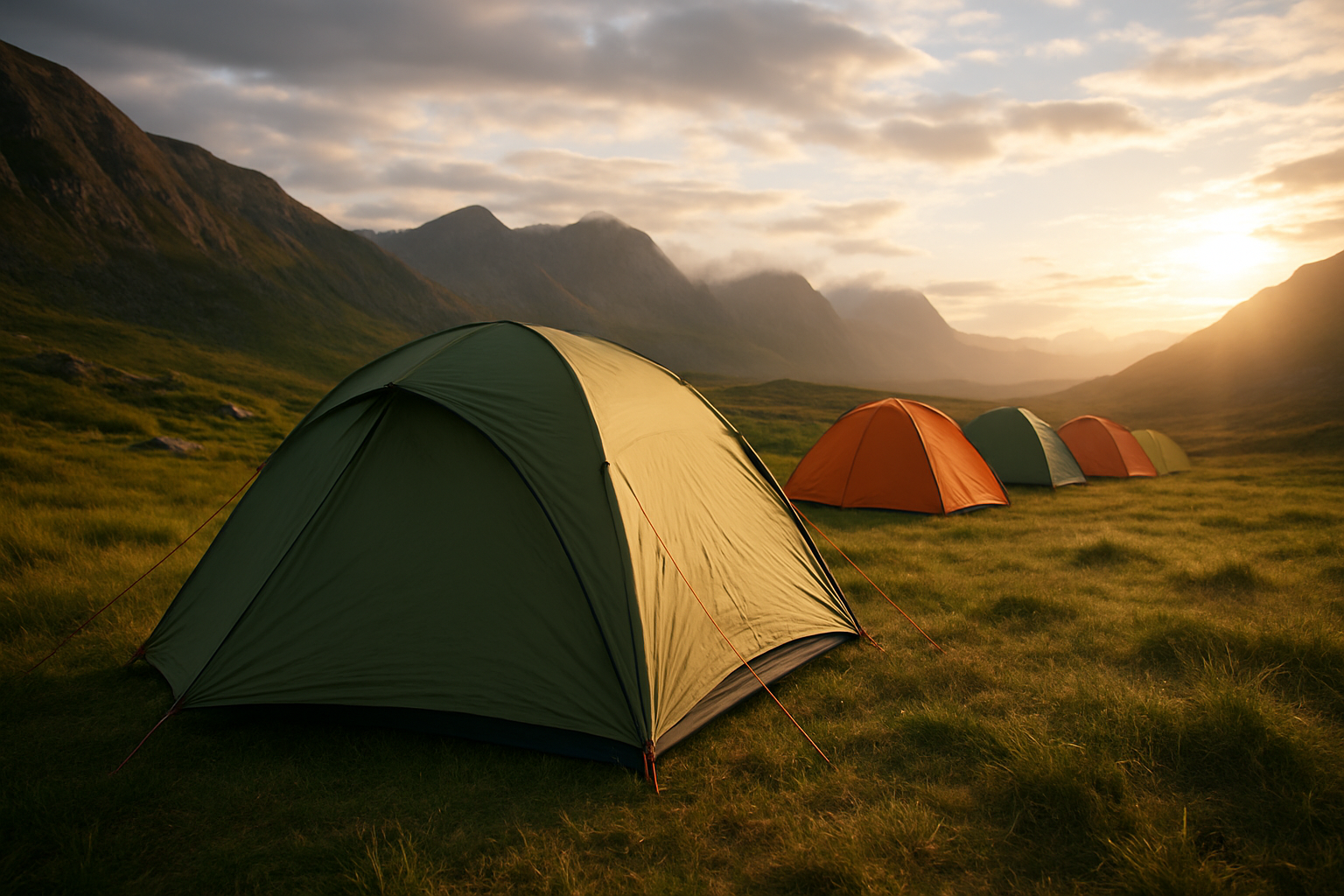
Each pick below solved a specific pain point we hear every week from outdoor enthusiasts and family campers: lingering condensation, fiddly pitching, or fabric fatigue. We purposely include instant and pop-up frames for quick setup, lightweight backpacking options, family cabins with quiet nights in mind, and eco-forward builds that weather real storms. If speed is your priority, check our instant and pop-up tent reviews for models that pitch in minutes without sacrificing airflow. The names reflect design archetypes and test identities; what matters is how these tents manage airflow and structural tension to deliver dry, quiet sleep. Ask yourself where you camp, who you camp with, and whether your perfect pitch happens before sunset or after a surprise squall.
- SkyShield 2 Airflow Dome - A double-wall, two-person dome with a full-coverage fly, twin roof vents, and a low perimeter gap that keeps inner walls bone-dry. Color-coded poles trimmed setup to about eight minutes while a 3000 mm (millimeters) fly shrugged off prolonged drizzle.
- StormHaven 3 All-Season Lite - Semi-geodesic arches and continuous sleeves spread wind loads evenly, keeping the tent composed in 70 km/h (kilometers per hour) gusts. The fly’s TPU (thermoplastic polyurethane) coating delayed wet-out and the inner’s snow flaps sealed drafts when temperatures plunged.
- Driftwood 4 Family Instant Cabin - Pre-attached poles and a hubbed frame made this a true instant setup in two to three minutes after staking corners. Vertical sidewalls yielded adult-friendly standing zones, while high cowl vents and a rear escape vent tamed family-size moisture.
- Ridgeway 1 Solo Trek Bivy-Dome - Minimal weight without sacrifice thanks to a tapered footprint, offset ridge pole, and two-way door for micro-venting. The interior stayed dry in a cold-rain scenario where many single walls bead then weep; the double-wall saved the night.
- Evergreen 6 Eco Canvas Tunnel - Solution-dyed polycotton canvas with PFC-free (perfluorinated chemical-free) DWR (durable water repellent) resisted UV (ultraviolet) fade and storm slap. Longitudinal tunnel poles and storm straps gave a quiet, steady feel that families loved in coastal winds.
- Cloudburst 3 Ultralight Trek - Lightweight fabric that does not feel fragile thanks to a 20 denier (20D) ripstop nylon fly and reinforced guy points. Ridge vents with kickstand props and a floating inner reduced drip points in 98 percent overnight humidity.
- HarborPeak 4 Vestibule Plus - Massive twin vestibules kept muddy boots and dogs out of the sleeping bay while the brow pole opened a drip-free doorway. Mesh-to-fabric transitions created a gentle pressure gradient that bled moisture out without chilling early risers.
- SwiftPitch 2 Pop-Up Pro - Pop-up convenience without the usual condensation penalty thanks to a raised fly cap and structured rear vent. True sub-60 second deployment with practice made this our favorite rainy trailhead emergency shelter for two.
- SummitGuard 5 Geodesic - Classic five-pole geometry with crossing intersections where you want them, plus full skirt options for shoulder-season dusting. The symmetrical guy pattern and pre-bent poles kept fabric taut, quiet, and far from sleeping bags in wind shifts.
- Daybreak 4 Expandable Porch - A convertible awning porch created dry transition space for coffee and gear while the inner kept breath away from cool walls. Smart details like glow pulls, two-way door zips, and a high rear vent added up to consistent dry mornings.
Comparison Table: Weather Ratings, Fabrics, and Setup Times
Numbers never sleep, so we captured key specs from field units and cross-checked against manufacturer disclosures where available. Hydrostatic head ratings show water resistance, but watch how venting, pole structure, and fabric hand feel translate into quiet nights when gusts build. Setup times reflect stake-first discipline and a practiced rhythm, because familiarity can halve your pitch time by trip three. Use this table to shortlist by group size, local weather, and how quickly you need camp ready before dinner or storm clouds arrive.
| # | Tent | Capacity (people) | Setup Time (minutes) | Fly Rating (mm, millimeters) | Floor Rating (mm, millimeters) | Wind Hold (km/h, kilometers per hour) | Weight (kg, kilograms) | Ventilation Highlights | Eco Notes |
|---|---|---|---|---|---|---|---|---|---|
| 1 | SkyShield 2 Airflow Dome | 2 | 8 | 3000 | 4000 | 60 | 2.4 | Dual roof vents, low perimeter gap | Solution-dyed fly reduces water use |
| 2 | StormHaven 3 All-Season Lite | 3 | 12 | 3000 (TPU, thermoplastic polyurethane) | 5000 | 70 | 3.6 | Continuous sleeves, high back vent | Repairable pole segments prioritized |
| 3 | Driftwood 4 Family Instant Cabin | 4 | 3 | 2000 | 3000 | 55 | 10.2 | High cowl vents, mesh doors | PFC-free (perfluorinated chemical-free) DWR (durable water repellent) |
| 4 | Ridgeway 1 Solo Trek Bivy-Dome | 1 | 6 | 2500 | 4000 | 50 | 1.5 | Two-way door vent, offset ridge | Recycled stakes and stuff sack |
| 5 | Evergreen 6 Eco Canvas Tunnel | 6 | 18 | Natural fiber with proofing | 7000 | 65 | 16.8 | Long tunnel vents, storm straps | Polycotton with long service life |
| 6 | Cloudburst 3 Ultralight Trek | 3 | 9 | 2000 | 3000 | 55 | 1.9 | Kickstand ridge vents | 20 denier (20D) ripstop minimizes material |
| 7 | HarborPeak 4 Vestibule Plus | 4 | 11 | 3000 | 5000 | 60 | 4.4 | Twin vestibules, brow pole airflow | Repair kit included extends life |
| 8 | SwiftPitch 2 Pop-Up Pro | 2 | 1 | 2000 | 3000 | 45 | 3.1 | Raised fly cap, rear vent | Recycled polyester fly |
| 9 | SummitGuard 5 Geodesic | 5 | 14 | 3000 | 6000 | 80 | 6.7 | Symmetrical guyouts, full skirts | Long-life poles reduce waste |
| 10 | Daybreak 4 Expandable Porch | 4 | 10 | 2500 | 4000 | 55 | 4.1 | Convertible awning, high rear vent | Solution-dyed fly lowers footprint |
Why these numbers matter: a 3000 mm (millimeters) fly often resists sustained rain without wetting through, provided the DWR (durable water repellent) slows surface saturation so vents keep breathing. Wind hold reflects structure and tension as much as pole material, so stake angles and guyline placement remain decisive. Instant frames and pop-ups change the game when storms sneak up, because you can create a dry shell first then sort interior organization at your pace. Our testing shows that good vent design plus smart staking beats simply chasing higher hydrostatic head ratings.
Instant Know-How: Condensation Control and Quick-Pitch Techniques
Great tents help, but smart technique transforms comfort on any campsite. Vent early rather than waiting until the inner feels clammy, because by then your breath and body moisture have already condensed on cool fabric. Elevate vents above face height and crack a downwind door zipper by two fingers to create a gentle pressure gradient out the top vents. Finally, create fly-to-inner separation by staking corners evenly and adding guylines that pull fabric away from the inner; that small gap is the difference between damp and dry. To understand which vent layouts actually move moisture, read our airflow design guide on condensation-proof tent systems.
- Stake corners first, then raise structure. Tension is the skeleton that keeps fabric quiet and drip-free.
- Use 45 degree guyline angles and taut-line hitches for easy re-tensioning after rain or temperature drops.
- Point a high vent downwind and a low vent upwind to feed a natural chimney effect that boosts airflow (as observed in our tests) without drafts.
- Place wet gear in vestibules, not the inner. Moisture from boots and cookpots spikes humidity near sleeping bags.
- In cold rain, vent high and small rather than low and wide to avoid chilling airflow across your quilts.
- For instant frames and pop-ups, practice once at home. Familiarity trims real-world setup to minutes and buys you calm when storms hit.
Buyer’s Guide: blog post for 2025-11-12 Takeaways

Choosing the right shelter begins with matching structure to weather, fabric to lifespan, and vent strategy to your climate and party size. If you camp where evening squalls are common, prioritize fast-pitch frames like instant and pop-up designs that create a dry shell before you move in. Mountain and shoulder seasons reward geodesic or semi-geodesic frameworks and full-coverage flies with high hydrostatic head and thoughtfully placed vents. Families often sleep better in cabins with near-vertical walls and big doors, provided the fly includes top vents and you promise yourself to stake every corner, every time.
| Fabric | Typical Denier (D, denier) | Strengths | Watch Outs | UV (ultraviolet) Resistance | Coating | Longevity | Eco Considerations |
|---|---|---|---|---|---|---|---|
| Polyester (68 denier typical) | 50 to 75 denier (D) | Resists sag when wet, solid UV (ultraviolet) stability | Heavier at equal strength than nylon | Good | PU (polyurethane) or TPU (thermoplastic polyurethane) | Moderate to long | Recycled options growing, solution dye saves water |
| Ripstop Nylon (lightweight) | 20 to 40 denier (D) | High strength-to-weight, packs small | Can sag when wet, often needs careful tension | Fair | PU (polyurethane) or silicone hybrid | Moderate with care | Repairable, low material mass |
| Polycotton Canvas | 100+ denier (D) equivalent | Breathes naturally, quiet in wind | Heavier, longer dry time if soaked | Very good | Wax or modern proofing | Long | Durable lifespan offsets production impact |
| Recycled Polyester | 50 to 75 denier (D) | Lower footprint, good wet stability | Quality varies by source | Good | PU (polyurethane), TPU (thermoplastic polyurethane) | Moderate to long | PFC-free (perfluorinated chemical-free) DWR (durable water repellent) available |
If longevity is your priority, look for fabrics that age gracefully, coatings that resist hydrolysis, and features you can actually repair in the field. If you want zero-fuss pitching in mixed weather, instant frames and pop-ups evaluated by Sleep-Ready Tents stand out for reliable speed and usually better-than-expected airflow. And if sustainability matters, solution-dyed fabrics and PFC-free (perfluorinated chemical-free) DWR (durable water repellent) deliver lower environmental impact while still handling storms. This is what our evidence-based reviews, guides, and comparisons are built to do: translate specs into real, warm, dry sleep.
How Sleep-Ready Tents Makes Your Choice Easier
Campers often struggle to find reliable, comfortable tents that address condensation, setup complexity, and durability, so we made the research both friendly and rigorous. Our evidence-based tent reviews examine airflow pathways with smoke tests, verify hydrostatic head claims, and weigh structure against real wind behavior you actually feel on the ground. We go deep on details like zipper path ergonomics, pole hub tolerances, and vestibule angles that keep drips off sleeping areas. By offering data-backed reviews, guides, and comparisons, Sleep-Ready Tents helps you confidently choose shelters that match your camping style, thrive in your weather, and elevate comfort night after night.
From instant and pop-up tent evaluations for quick setup to detailed fabric breakdowns, the goal is to replace guesswork with clear, field-tested answers. When a tent earns a pick, it is because it stayed dry in cold, high humidity nights, remained quiet when gusts turned, and pitched fast enough to beat incoming rain. Our eco-forward recommendations favor longer service life, repairability, and reduced-impact coatings so you can feel good about what you bring outside. The result is a shortlist you can trust, no matter if your adventures are coastal weekends, high desert road trips, or alpine dawn patrols.
Key checklist before you buy:
- Confirm the vent plan: at least one high exhaust plus a low intake to maintain flow without direct drafts.
- Demand a full-coverage fly and fly-to-inner separation to keep condensation on the outside where it belongs.
- Match structure to wind: geodesic for exposure, instant or pop-up for fast cover, domes for all-around reliability.
- Choose durable coatings and PFC-free (perfluorinated chemical-free) DWR (durable water repellent) where possible for longevity and lower impact.
- Practice a stake-first pitch at home so your first trip feels effortless and calm.
Conclusion
These ten field-tested tents prove that you can beat condensation, pitch quickly, and sleep comfortably without dragging a living room into the woods. Imagine walking into camp, staking four corners, and watching a tight, quiet shelter bloom as sunset cools the air and your breath escapes cleanly through high vents. What kind of nights will you design for yourself next, and which insights from this blog post for 2025-11-12 will guide your first confident setup?
Decide Faster With Sleep-Ready Tents (editorial evaluations)
Get instant and pop-up tent evaluations for quick setup so you can confidently choose tents for your style, weather, and comfort with our data-backed reviews, guides, and comparisons.

